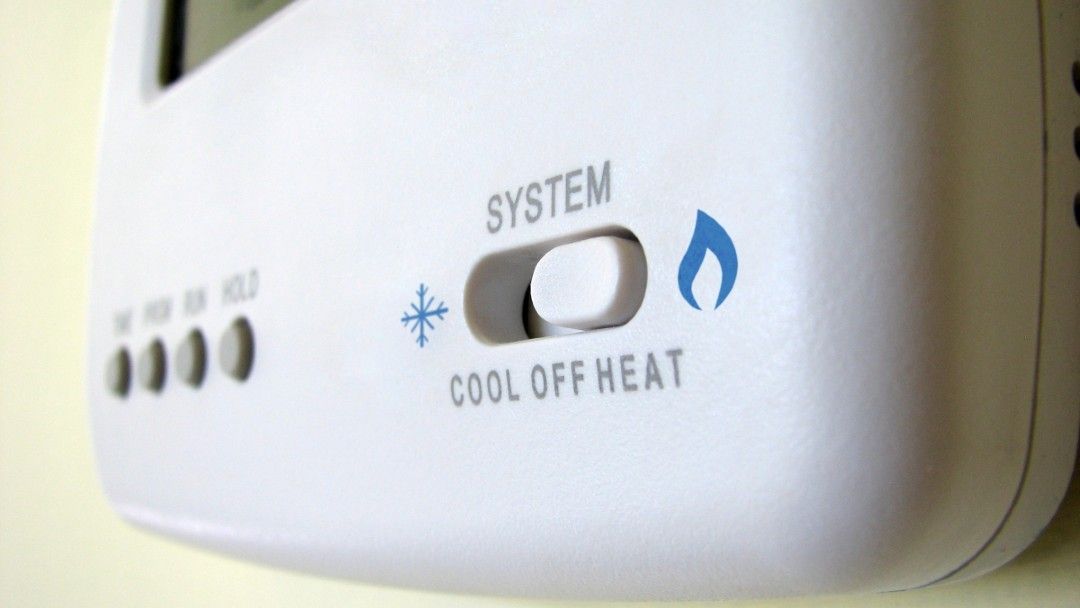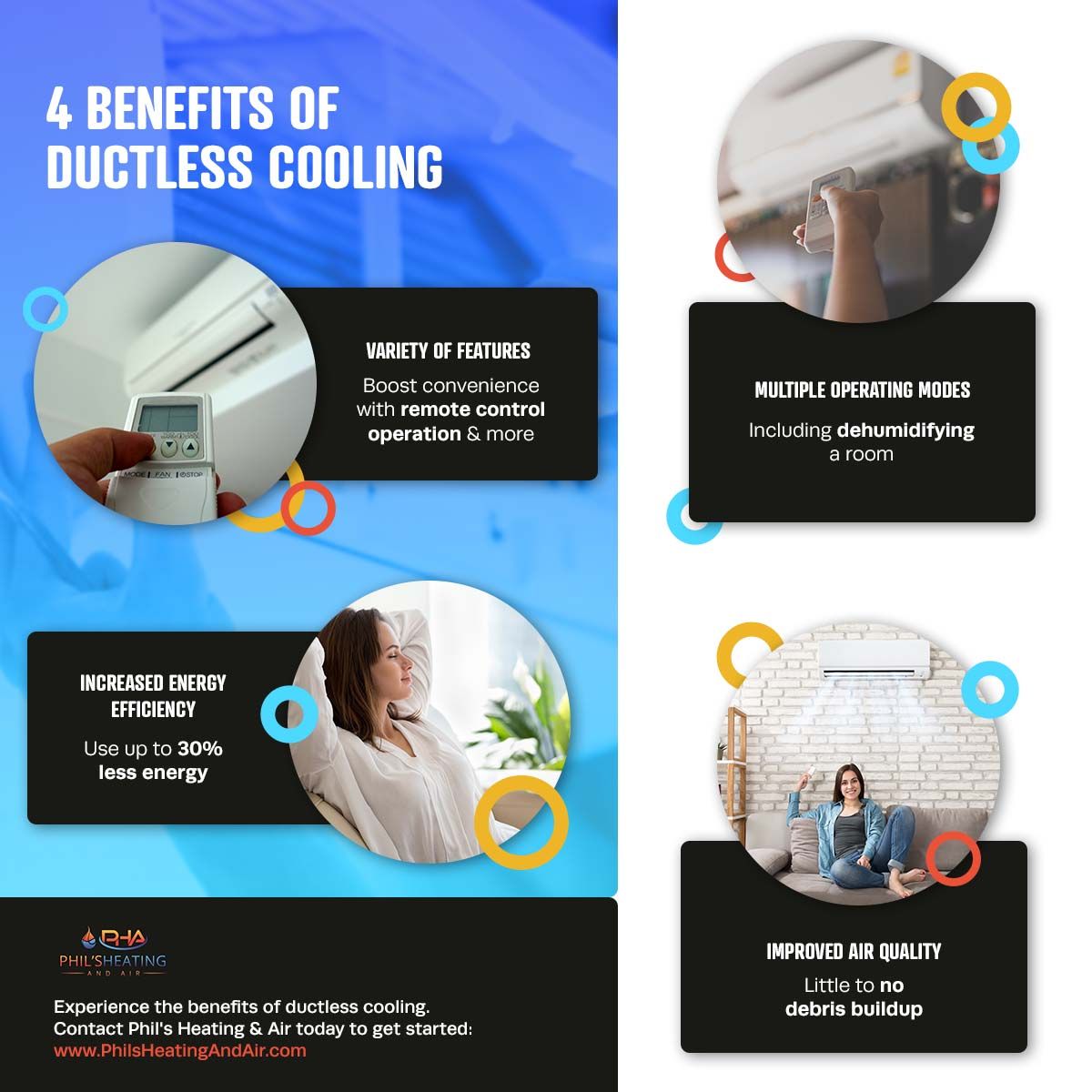Whether used for heating or cooling purposes, all mini-split AC systems are comprised of outdoor and indoor apparatus. The outdoor condensing/compression unit applies pressure to refrigerant, which is then dispersed through lines that are connected to indoor apparatus. This indoor unit consists of three elements, including air-handlers, blowers, and the evaporator coil. Indoor air-handling units are placed strategically throughout a home, which allows for more efficient energy usage. Air-handling units can be placed in a number of areas within the home, including both walls and ceilings. This can be beneficial for a number of situations, as necessary equipment can be placed in out of the way locations. Additionally, by placing the condensing unit outside, homeowners won’t be bothered by operation noise typically associated with air conditioners.
Mini-Split Systems Options
As many homeowners are unfortunately aware of, conventional HVAC / central air systems are lacking options when it comes to configuration. This can make it difficult for homeowners to get the most out of their cooling systems. Conversely, mini-split systems are available in a variety of configurations. The following options can allow homeowners to customize a system to their exact needs.
Heat Pump:
For additional heating capabilities, mini-splits must be outfitted with a heat pump. This device is responsible for transferring heat from one place to another. Heat pumps also include a reversing valve, which can change the direction of heat flow.
Single-Zone/Multi-Zone Condenser Unit:
Outdoor condensers must be connected to indoor condenser units. As the names indicate, a single-zone unit can heat a single room or zone within a home, while the multi-zone units can occupy a number of rooms or zones.
Ceiling Cassette:
In situations where space is limited in the home, a ceiling cassette may be the perfect option. Fan coils are outfitted in the ceiling, and disperse air via the exposed grille.
Wall Unit:
This device is where temperature adjustments will be made, allowing homeowners the option of cooling a specific room or area within a home.
Benefits of Ductless Cooling in One’s Home
Below are a few of the many benefits you can expect from installing a mini-split air conditioner in your home.
Variety of Features
In contrast to conventional heating and cooling systems, mini-splits offer an assortment of great features aimed at boosting convenience. Most systems are equipped with remote control operation, which is necessary when air-handling units are installed in out-of-reach locations.
Programmable timers let homeowners utilize heating and cooling capabilities only when necessary. Airflow can be adjusted for optimum room temperature, and washable filters make maintenance a far easier undertaking. For dual heating purposes, the introduction of a heat pump can provide automatic changeover for heating in winter months.
Multiple Operating Modes
Mini-splits also provide a number of operating modes. While heating and cooling are standard in many HVAC systems, mini-split systems include the ability to dehumidify a room. This can be ideal for moisture-laden climates which can create an uncomfortable atmosphere in a home, in addition to degrading fixtures over time. A fan-only option is also available, as well as automatic and sleep functions.
Increased Energy Efficiency
For those seeking increased energy-efficiency, ductless systems can prove quite useful. Ducted systems can lose up to 30% of energy thanks to faulty construction. This loss can contribute to higher utility bills, while also failing to adequately cool every room in a home. Ductless systems can be utilized on a room-by-room basis, giving homeowners greater control over the temperature in their home, as well as help them save money on utility bills.
Improved Air Quality
Another great benefit of mini-split systems is the improved air quality. Ducted systems are notoriously known to have debris accumulate inside the ducts. Due to condensation within ducts, this debris can quickly become toxic, and possibly find its way into the “cool” air that gets distributed throughout your home whenever your air conditioner kicks on.
By removing the ducts, homes are privy to cleaner, healthier air overall. Ductless systems are also far easier to access thanks to their unique construction, which makes routine cleaning an easier task.


